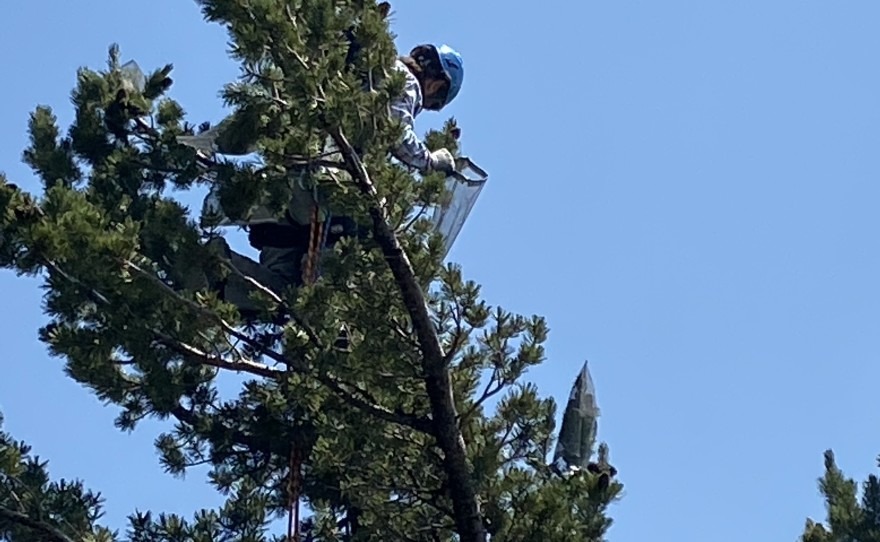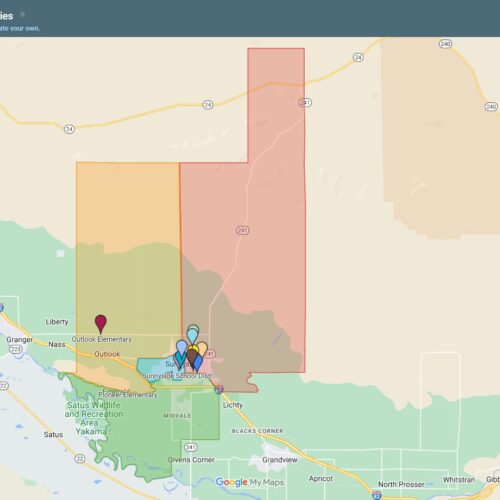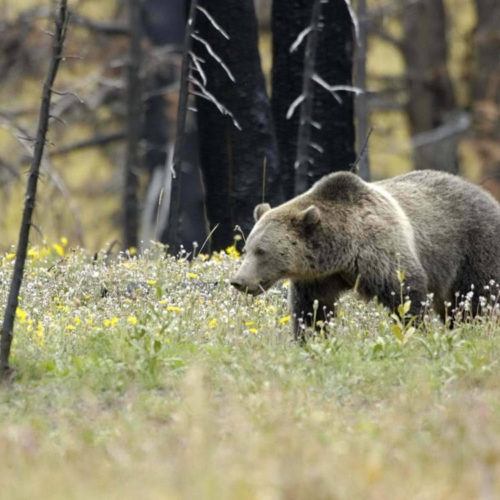
Scientists sequence Oregon whitebark pine genome to help the threatened trees
Listen
(Runtime 1:04)
Read
One tree in Central Oregon has helped protect iconic whitebark pine trees across the West. Scientists have sequenced the tree’s genome, a genetic map, that help scientists plant more resilient trees, faster and cheaper.
Mountaintop whitebark pine trees have faced threats from things like climate change and a deadly fungus called white pine blister rust. The federal government recently identified the trees as threatened.
“Whitebark pine is a bit of a poster child for restoration issues,” said David Neale, a professor emeritus at the University of California, Davis, where he led the Whitebark Pine Genome Project.
Scientists hope the tree’s genome, all 25,362 genes within the whitebark pine’s 12 pair chromosomes, will help forest managers protect whitebark pines. It’s a little like the DNA kits for “23 and Me” but for conifer trees.
First, scientists used a 150-year-old whitebark pine tree in Oregon’s Deschutes National Forest to sequence the first whitebark pine genome, mapping out 87% of the genetic material.
“Having the blueprint of something, it’s like having the parts list for a refrigerator. You’ve got a better chance of repairing it if you know how it’s put together in the first place,” Neale said.
The sequence can be found at TreeGenes, a forest tree genome database. Neale is publishing a paper that is undergoing peer-review.
It’s not the first time scientists have sequenced the genome of trees. However, it is a new idea to sequence a tree’s genome for restoration purposes and not for timber harvests. The first tree sequenced was the loblolly pine, Neale said. Now, Douglas fir, sugar pine, coastal redwood and giant sequoia also have been sequenced.
At first, sequencing was challenging because conifer tree genomes are 10 times larger than human genomes, Neale said.
Whitebark pines are genomically most similar to sugar pines, Neale said.
Whitebark pine trees help snowpack stick around longer and provide food for Clark’s nutcrackers, bears and squirrels. They’re also important to some Indigenous people.
Keeping the trees safe from blister rust has been difficult. Right now, it takes roughly 10 years of collecting whitebark pine cones, growing seedlings, testing for rust resistance, monitoring the plants and planting in the field. That time and effort is expensive, costing anywhere from $1,200 to $1,800 per tree, according to the Whitebark Pine Ecosystem Foundation.
“Foresters have been and continue to do this work but it takes time. It’s actually rather expensive compared to genomic technology once it’s developed,” Neale said.
Genomic sequencing could bring that cost down to roughly $100 per tree, according to the Foundation.
Next, Neale said, scientists will sequence all types of whitebark pines, those very susceptible to blister rust and those that can stave it off. That way, scientists can better identify the genes that could one day help with restoration efforts.















